Designing fasteners into your application requires a complete analysis of the joints to make sure nothing was missed. Understanding the types of failures that can occur will help with this analysis. Read on to see how to prevent bolt failure.
| Failure |
Type of Failure |
Solution |
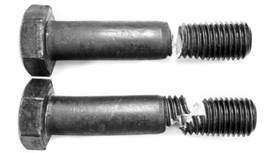 |
Overloading (stretching) |
– Make sure that the appropriate material and grade was used
– Make sure your design is well understood and that the bolts are not overstressed
|
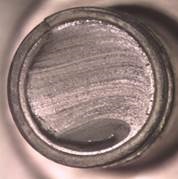 |
Fatigue |
– Make sure that the appropriate material and grade was used
– Make sure your design is well understood and that the bolts are not overstressed
– Make sure that the fasteners are well-tightened
|
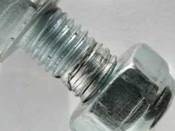 |
Galling |
– Use a lubricant
– Avoid fastener misalignment
– Avoid high speed installation – keep installation speeds low
– Avoid rough surface – smooth finishes
|
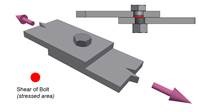 [1] [1] |
Shearing |
– Make sure to re-evaluate tightening strategy
– Threaded section in shear plane – use shank instead
|
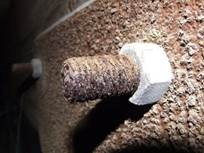 [2] [2] |
Galvanic corrosion |
– Avoid use of dissimilar metals
– Prevent moisture entrapment
– The fastener should be the cathode (more noble)
|
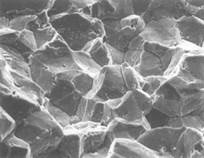 |
Hydrogen Embrittlement |
– Eliminate susceptible alloys, hydrogen, stress (service or residual)
– Use non-electrolytic platings
– Increase bake times
– Risk is never eliminated
|
For further information on these or other types of bolt failure, please feel free to contact us at ProvenProductivity@bossard.com
Fadi Saliby
Technical Sales Director
FSaliby@bossard.com
[1] http://www.learneasy.info/MDME/MEMmods/MEM30006A/Bolted_Joints/Bolted_Joints.html
[2] https://en.wikipedia.org/wiki/Corrosion










